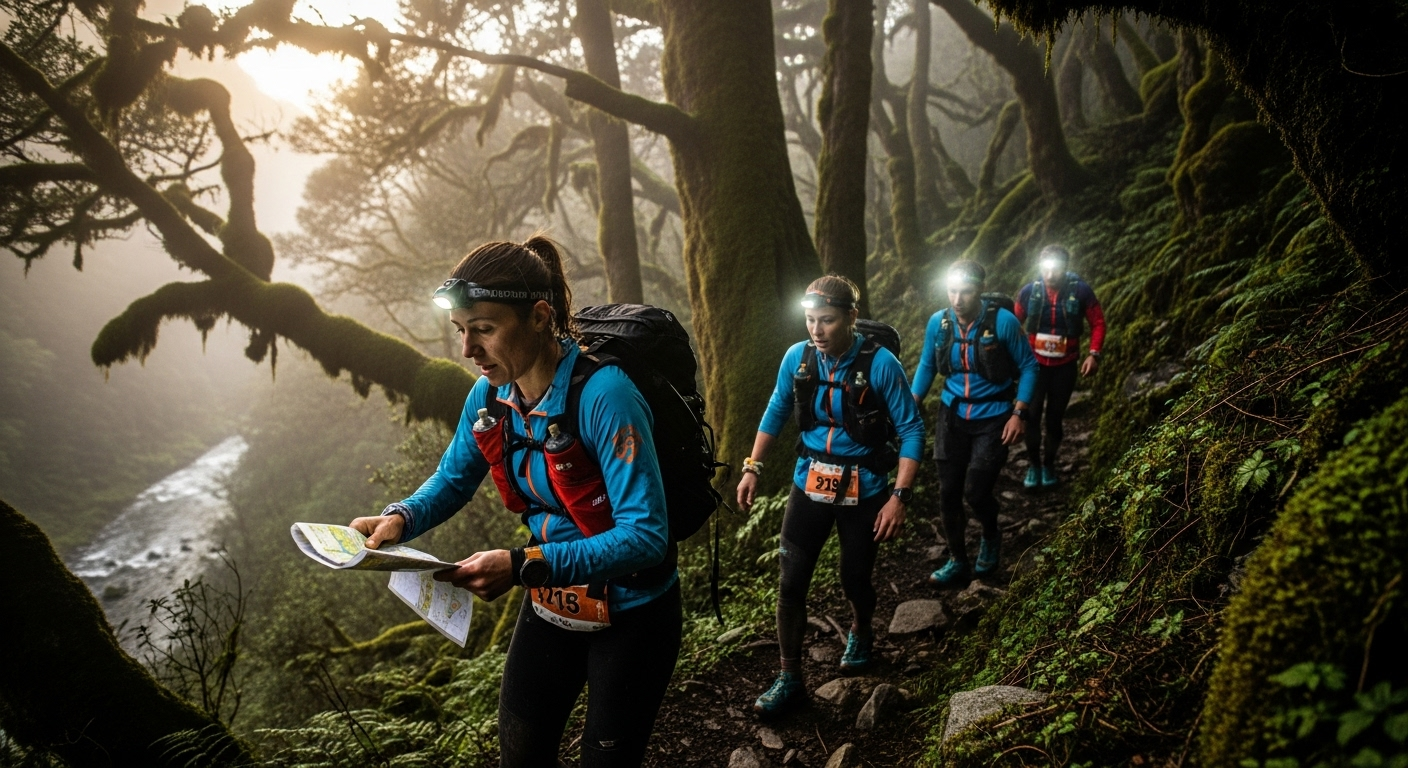Hiking Tools for Safe, Comfortable Trails
Hiking combines physical activity, navigation, and exposure to changing weather and terrain. Preparing with the right tools improves safety, comfort, and enjoyment on a trail. This article explains the core equipment to consider before you set out: route planning essentials, choices for a walking stick, what to pack in a first aid kit, how to select boots, and why the right jacket matters. Clear choices and simple maintenance extend gear life and reduce the chance of an uncomfortable or unsafe outing.

Trail planning and route essentials
Good trail planning begins with mapping the route, checking weather forecasts, and estimating time and difficulty based on elevation and distance. Carry a map and compass as primary navigation backups, and consider a GPS device or smartphone app with offline maps. Note water sources and potential exit points, and share your plan with someone or register intent where required by local services or park authorities. Pay attention to trail conditions like seasonal closures, river crossings, and wildlife advisories so you can pack appropriately and choose footwear and clothing for the expected terrain.
Choosing a reliable walking stick
A walking stick or trekking poles can reduce joint strain, improve balance on uneven ground, and help on steep ascents or descents. Decide between a single walking stick and a pair of adjustable trekking poles; poles distribute load across both arms and can be collapsed for transport. Look for poles with comfortable grips, durable tips, and a locking mechanism that suits your hand strength. If you purchase from local services in your area, test different lengths and grips to find what fits your posture and walking style. Regularly inspect tips and joints for wear.
First aid kit: what to include
A practical first aid kit should match trip length, remoteness, and group size. Basic items include adhesive bandages, sterile gauze, adhesive tape, antiseptic wipes, blister care (moleskin or blister pads), elastic bandage for sprains, tweezers, safety pins, and any personal medications. For longer or more remote hikes add a SAM splint, emergency blanket, and a means to signal rescuers (whistle, mirror). Review and refresh contents seasonally, replace expired medications, and keep a checklist so you know what’s inside without opening the kit in stressful moments. Training in basic first aid is a valuable complement to the kit itself.
Selecting boots for varied terrain
Boots influence comfort, foot health, and stability. Choose based on terrain and load: lightweight trail runners or low-cut hiking shoes for fast day hikes and well-packed trails; midcut or full leather boots for rough, exposed, or wet terrain and when carrying heavier packs. Prioritize fit—try boots later in the day when feet are slightly swollen—and wear the socks you plan to hike in. Break in new boots on short walks to reduce blisters. Look for good traction, ankle support appropriate to the terrain, and breathable materials for hotter climates. Local services can offer fitting and gait advice tailored to your foot shape and hiking goals.
Layering and choosing the right jacket
A good jacket is part of a layering system that manages moisture and temperature. Start with a moisture-wicking base layer, add insulating mid-layers if needed, and finish with a shell jacket for wind and rain protection. For unpredictable weather, a lightweight, packable waterproof-breathable jacket is essential; for cold climates, combine this with insulated layers. Consider features like adjustable hoods, pit zips, and sealed seams for wet conditions, and balance weight versus protection based on trip length. Store and care for technical fabrics according to manufacturer instructions to maintain water repellency and breathability.
Conclusion
Selecting and maintaining the right hiking tools helps reduce risk and increases comfort across a range of trails and conditions. Focus on route planning, appropriate footwear, a supportive walking stick or poles, a well-packed first aid kit, and a jacket that fits your expected weather. Regular gear checks, proper fit, and basic skills—navigation and first aid—are equally important to make time on the trail safer and more enjoyable.






